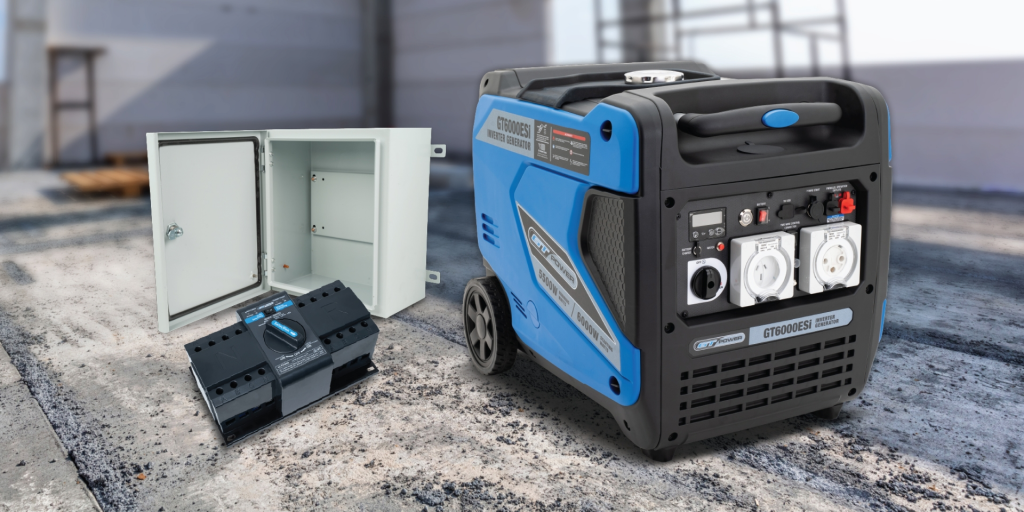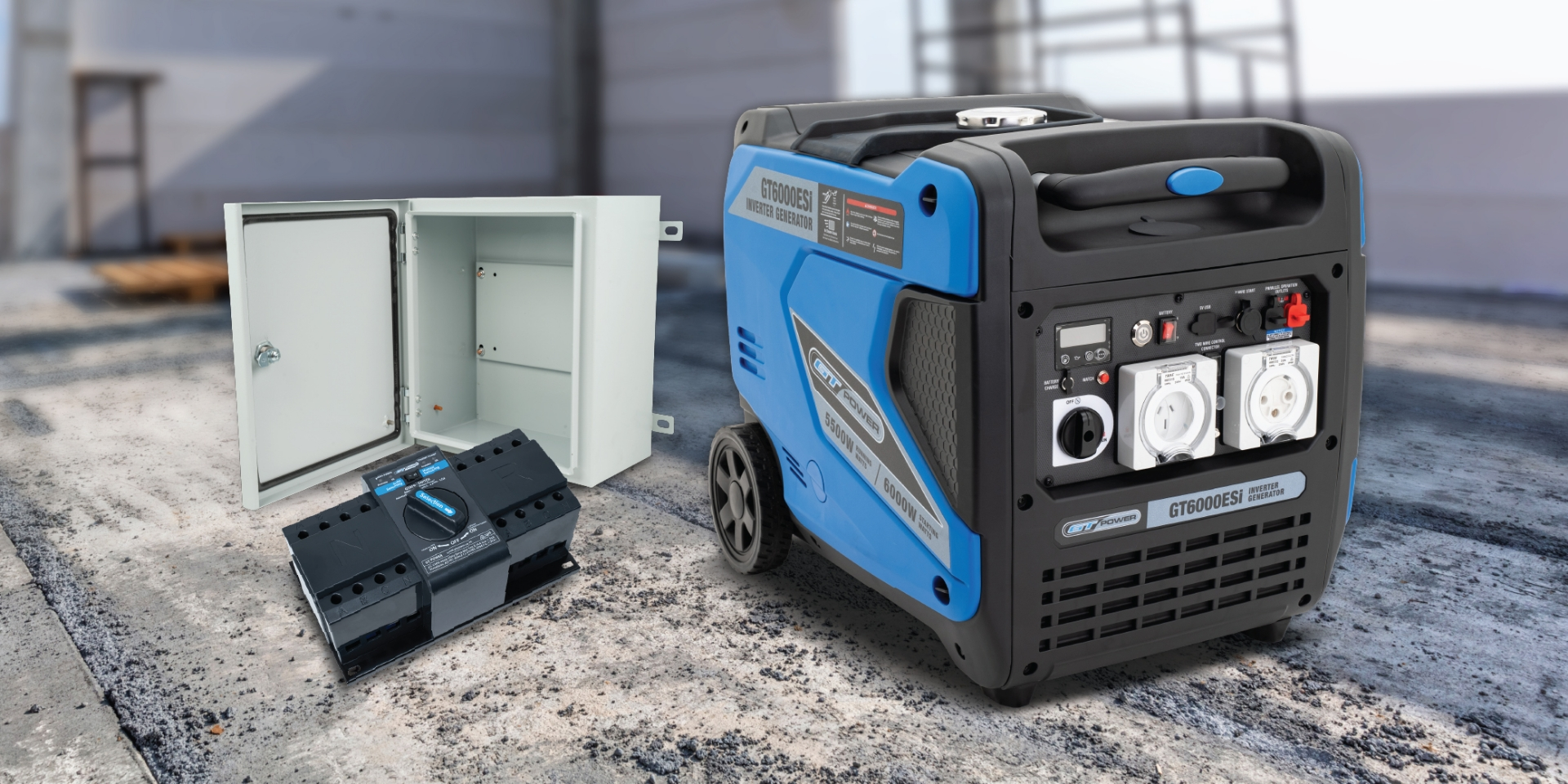The transfer switch is one of the most critical components for every household that wants to use the backup and grid power with utmost safety.
A transfer switch is built to avoid electrical hazards by switching to one power at a time, hence the chances of overlapping and backfeeding become 0%.
Furthermore, the usage of transfer switches is pretty straightforward, even the ATS (automatic transfer switch) will do the work without interaction.
It’s a single-time investment, you just have to install one near the electrical panel to avoid power overlapping, the mess of cords, etc.
In this guide, we will discuss what is a transfer switch. How does it work? How to use it efficiently and why do we need to install it?

What is a Transfer Switch?
A transfer switch is an electrical device that separates the main (from the grid) and the generator’s electrical power.
The transfer switch is built to avoid potential incidents by switching the electrical power to one power source at a time,
Imagine if the generators and grid’s power will merge what will happen, your all appliances will burn, also it can burn your whole house or generator as well.
You can have an automatic or manual transfer switch depending on the needs.
Types of Transfer Switches
Automatic Transfer Switch (ATS):
ATS (Automatic Transfer switch) is a kind of transfer switch that shifts the power source automatically. Once the main source failed the transfer switch shifted to the backup source
Manual Transfer Switch (MTS):
As the name indicates the Manual transfer switch requires a human for shifting the power source. You can flip the individual breakers, lever, or knob for shifting the power.
How Does a Generator Transfer Switch Work?
The transfer switch is mainly built to isolate the grid and backup power to avoid power back feeding, you will have some breakers to shift the power source manually, or in the case of ATS, you don’t have to see the ATS.
How Does an Automatic Transfer Switch Work?
ATS is a central logic-based self-acting intelligent device that automatically switches the power between the main (grid) or backup.
The purpose of building this self-acting system is to provide continuous power, once the main grid or utility power supply is cut off.
ATS has an automatic controller/central logic system with microprocessor-based technology that constantly monitors the voltages, current, etc if ATS found anything wrong they shifted toward the backup power.
ATS is being used in hospitals, data centers, and other departments where we need a continuous power supply.
How Does a Manual Transfer Switch Work?
Like the ATS transfer switch manual transfer switch allows you to shift the power without messing up the grid and backup power, however, it needs manual attention.
One should have to flip the breakers, lever, or knob to shift the power from one source to another.
Most of the portable generator owners including me are using a manual transfer switch as they are not plugged in all the time with the electrical system like a standby unit.
NOTE: For the owners of the standby generators we highly recommend going for an ATS instead of an MTS (manual transfer switch), as no one wants to restore the power in snow, rain, or wind.
How to Use a Generator Transfer Switch?
- Shift the breakers or lever of the transfer switch to the OFF position (in the case of ATS you don’t have to do this step).
- Locate the inlet box of the transfer switch and connect the generator’s power cord, Start the generator and let it warm up.
- Turn ON the breakers of the transfer switch one by one (this step is also not necessary for ATS). Turning on the whole breakers could overload the generator.
- Once the utility power is restored, make sure to remove the cord from the inlet box and shift the breakers to the grid power. (again this step is not necessary for ATS).
Why Do I Need a Generator Transfer Switch?
Transfer switch not only helps to prevent overlapping the grids and backup powers but also is mandatory in some areas.
A transfer switch allows us to switch the power sources within a matter of seconds or even an ATS (automatic transfer switch) can do the work without interaction.
It is a huge risk for a non-technical person to operate the generator/backup power without installing the transfer switch.
If the generator’s power overlaps with the grid power (backfeeding the grid), your house will be fed with two different currents which can potentially burn your house.
One of my silly friends burned out his all electric wiring and some expensive appliances, thankfully he and his family were safe.
NOTE: If you are unsure whether the transfer switch is mandatory in your area or building make sure to contact the building code enforcement office, they will guide you.
